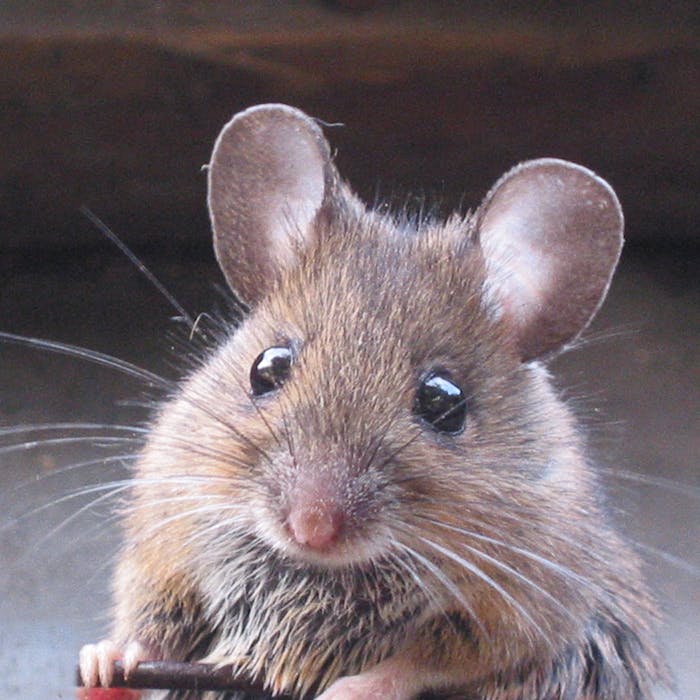
Wood mouse - your cat may find you one
The tiny, brown wood mouse is one of Britain's most common rodents, and is very likely to be found in the garden. Cat owners are especially likely to be aware if wood mice are about! It is similar to the house mouse, but has larger ears and eyes relative to its size.
The wood mouse is sometimes known as the long-tailed field mouse, and is probably most commonly found in woodland, rough grassland and gardens. It is mostly nocturnal and an agile climber.
It is golden-brown, with a pale underside, large ears and eyes, and a long tail. It is bigger than the harvest mouse, and browner in colour than the house mouse.
Wood mice will gather food stores of berries and seeds in the autumn, which they keep in underground burrows or sometimes in old birds' nests. Females have up to six litters a year of between four and eight young, and may even breed over winter if food is abundant.
Wood mice are found throughout mainland Britain and Northern Ireland, as well as on many of the offshore islands.
Most wood mice live in fairly complicated underground burrows, which may include nest chambers and food stores. Burrows probably survive from one generation to the next and will be enlarged or modified as required. Nests are commonly made of leaves, moss and grass. They are usually built below ground under the roots of shrubs or trees but occasionally are made in holes in trees, buildings and bird or dormouse nest boxes. Additional nesting material is used in autumn and winter; often the mouse blocks the entrance to the burrow with leaves, twigs or stones.
Individuals will nest communally in the winter, but in the spring females usually take up their own home ranges and nest singly. However, home ranges shared by two females have been observed. Breeding males range over larger areas occupied by a number of females.
Their predators include foxes, weasels, owls and domestic cats. Wood mice are important prey for tawny owls; when numbers of such woodland rodents are low, owls may fail to breed.
Further reading
Links to external websites are not maintained by Bite Sized Britain. They are provided to give users access to additional information. Bite Sized Britain is not responsible for the content of these external websites.
